Turn and Smile CANADIAN Time, July 10th: Murdoch Mysteries, WandLa, Late Bloomer
Solve the Murdoch Mystery of WandLa with a Late Bloomer!
Welcome back, Sofa Taters!
We have mystery, intrigue, and cross-cultural conflicts!
One of the most interesting shows we’ve covered so far this year is Late Bloomer by Punjabi Kashmiri Canadian Jasmeet Raina who might be better known as the YouTuber, musician, and comedian Jas Reign. Late Bloomer is based on his life and is a very compelling dramady.
WandLa continues the mystery and intrigue as the episode we put under the microscope tries to answer many questions, including “What happened to all the people?”
As our opening this week, Murdoch Mysteries (Mer-dock Mysteries) tries to leave us with enough unanswered questions to get us to check out this long-running show.
We are currently pushing into our first hundred subscribers, so if you like this newsletter, or like our Substack generally, please subscribe, share, and like!
Table Of Contents
OPENING: Murdoch Mysteries
Vaguely set between the late 19th and early 20th century, this show (based on the Canadian book series of the same name by British-Canadian author Maureen Jennings) is a police procedural drama starring the titular Inspector William Murdoch of the Toronto constabulary. Inspector Murdoch is a talented and brilliant police investigator who often ahistorically innovates investigative processes, science, and gadgetry, eventually making a name for himself for his inventiveness. Murdoch Mysteries is available in the US in part or in whole on Hulu or Acorn TV, in Canada in part or in whole on CBC Gem or Netflix. And if you are not in Canada and have a VPN, CBC Gem is available for free with ads. Check local streaming services for other international availability.
Sound 🌟🌟🌟🌟
Mason’s take: In discussing the sound of this opening sequence, I want to draw your attention to the BBC’s Sherlock, as well as the movie The Pink Panther. Both of these are ostensibly quintessential examples of detective media. And they do very similar things with their theme music. Though The Pink Panther is far more brass and sax heavy, my argument here is that they sound very similar. Suffice it to say that as viewers, we expect similar sorts of audio tropes in the soundtrack of our detective media. Very string-heavy. Glockenspiels are common. “Mystery” has a sound to us. And “Mystery” is the sound of Murdoch Mysteries.
Larissa’s take: So I found how to play Murdoch Mysteries on piano here. If you ever want to impress your friends by setting the tone for when someone says “you’ll never guess what happened!” learning this melody is the way to go.
Conveyance (of Tone/Theme) 🌟🌟🌟🌟
Larissa’s Take: Not only does the sound signify the mysterious, but the visuals we see on screen are perfectly placed. A Sherlock Holmes figure, the protagonist seemingly integrates information from unrelated new fields of science, media, psychology and mechanics to solve crimes.
Mason’s take: This is the quintessential “solving a mystery” montage, music and all.
Aesthetic 🌟🌟🌟
Mason’s take: Production design for this show, despite it being at times ahistoric, is spot on, aesthetically. If this show wasn’t a work of total fiction, I’d feel like I was learning something about the thirty-year-old country of Canada.
Larissa’s take: I love the weird creepy vibes of the montages. I feel like the mysteries Murdoch contends with won’t be your garden variety who-dunits!
Innovation 🌟🌟🌟
Larissa’s take: I feel like we’ve seen and heard mystery themes before, and this introduction doesn’t really add any innovation to the genre, outside of the subtle hat-tip to being set in Toronto through the Gazette. The thing is, you don’t need to be innovative to be popular. Clearly mystery is what people want, and Murdoch Mysteries delivers!
Mason’s take: When inventing detectives and investigative inspectors or constables, it’s very tempting to go the super genius route with characters like Ace Ventura, Sherlock Holmes, or Hercule Poirot. The kind of detective who rolls into a crime scene during the cold open, takes one look around the room, solves the crime, insults the lead detective on the case, drops a mic, and leaves to find the plot. William Murdoch isn’t that kind of detective, but instead has a talent for finding truth, which is probably what resonates with viewers so strongly. The show is in its eighteenth season now (looking towards its nineteenth), and while it’s not the longest-running show in Canada (that goes to Heartland, which we reviewed previously), it’s certainly the second.
Overall Opening Rating 🌟🌟🌟
EPISODE: WandLa, S2, E1, “Chapter 8: Home”
Eva was literally thrust into a post-human world in Season 1 of this TV-PG animated sci-fi/ fantasy show co-produced between the USA and the True North Strong and Free (Canada). After exploring an alien world she had not expected (Orbona) and bouncing between locations and objectives to figure out what had happened to humans and the planet that was once known as Earth. At the end of Season 1, Eva meets her first human (other than herself), when a hologram of Cadmus Pryde (played by American icon Alan Tudyk) descends from on high to take her to the orbiting human settlement of New Attica. Now that she’s with her people she soon realizes that everything isn’t what it seems. WondLa is available on Apple TV+.
Story 🌟🌟🌟
Larissa’s take: We jump into the story with Cadmus Pryde introducing himself to Eva, at which point, she punches him because another hologram won’t fool her. Rational response if I’ve seen any, but he turns out to be human! And he has some children around Eva’s age willing to take her around town. Most of the episode is Eva being overly nice to people who are willfully ignorant of all other cultures and species and trying to gaslight herself that this is what she wanted. A few “fish out of water” montages later, and Eva sees a cloaked figure that looks mysteriously like herself. It’s an interesting set-up that frustratingly doesn’t pick up drama until it’s cliffhanger ending.
Mason’s take: This series takes place on a post-human Earth, now called Orbona. Denizens of Orbona are seemingly separated from humanity by thousands of years. Throughout the first season, there is a little bit of human lore that gets dropped. Namely, humanity messed up the planet and then died out, but Eva is still convinced that there must be a human settlement. The reigning species, however, still look at Eva with suspicion and derision, and are very adamant that she is the last of her kind. Those of you with an eye well-tuned to sci-fi tropes and stories will see the parallels to Planet of the Apes and similar stories a kilometre away. It’s also so environmentally focused that I was half expecting Eva to team up with four other people and combine their powers to summon Captain Planet. But as it is, I do believe that the journey in a story is more important than the conclusion. So what of the journey? I like it. It’s a well-told story. It knows who its audience is, and it doesn’t have any pretension about its message.
Characters 🌟🌟🌟
Mason’s take: Rovender (played by Gary Anthony Williams), Eva’s (reluctant) Alien guide and companion on Orbona, is easily one of the most interesting secondary characters in the show. As such, it’s sad that he and Eva’s other companion Otto (voiced by Everybody Loves Raymond alum Brad Garret) are largely sidelined in this episode. Tudyk, however, expertly plays the hopeful yet ultimately misguided messianic leader, introducing a lot of questions that his character goes out of his way to avoid answering.
Larissa’s take: I haven’t seen the first season of WondLa, so I am not too familiar with Eva’s character, but during her time in New Attica, I found her frustratingly niave. She just got separated from everything she knows, sees visible signs of aggression towards species she knows and loves from the new humans she meets, and has been actively manipulated several times by a man who dresses like he has the same tailor as Emperor Palpatine. I am thinking she should be a little more distrustful. I get that eventually the other shoe will drop on this idyllic society, but it feels like Eva herself is infantilized with her obliviousness to the situation around her.
Aesthetic 🌟🌟
Mason’s take: If you watch this series from the beginning, like I did, you’ll see that one of the hallmarks of this show is ever-changing aesthetics. Unfortunately, the most boring aesthetic of the series appears in this episode. New Attica has all the charm, beauty, and colour of an Apple Store. I love sci-fi as a genre, but we have to get past the idea that a man-made utopia is going to be this devoid of colour when we all know that a man-made utopia is a tribal commune where we live under the principle of “to each per their need from each per their means.”
Season 1 of this show was so incredibly visually interesting but this season ups the action, too. Where I used to find myself asking, “What’s this?” like some kind of fleshy Jack Skellington at the backgrounds, denizens of Orbona, flora and fauna, I instead found myself drawn in by the intrigue of Cadmus Pryde. Although his inevitable reveal was predictable, Tudyck brings a nuance to the performance that almost makes me want him to be a good guy. If anything, Season 2, and this episode especially, has me hoping that they’ll return to the surface of The Planet of The Apes Orbona when and if Season 3 is greenlit.
Larissa’s take: If the story is essentially Planet of the Apes, the aesthetic is essentially Bethesda Game Studios’ Starfield. New Attica looks pretty much identical to New Atlantis in Starfield. Maybe in a few episodes (or seasons) WondLa will take us to their version of Neon or Akila.
Innovation 🌟🌟🌟
Mason’s take: If you have kids with a very active imagination this show is one of the best gifts you can give to their curiosity and imagination. This show is also an amazing conversation piece for young families because every single episode of this season has complex explorations of morality (at least complex for younger minds) that you can discuss with your little ones. It’s a lot like Star Trek in that sense.
Larissa’s take: This felt like WondLa is if Disney took Star Wars: Tales of the Underworld and made it Star Wars: Tales of It’s A Small World.
Overall Single Episode Rating 🌟🌟🌟
SEASON: Late Bloomer, S2
As a show, Late Bloomer from Punjabi-Canadian influencer, comedian, actor, and musician Jasmeet Raina (known professionally as Jas Reign) is a dramady. However, Season 2 of this show, based on his life, gets heavy. Touching on topics like intercultural conflicts, religious deconstruction, racism, assimilation, Canadian identity, personal identity, death, family expectations, tradition in a modern world, and more, this season feels like Raina and the writers of the show either developed extra confidence or just decided to make well-meaning White people uncomfortable. An award-winning show in its own right, Late Bloomer is available to stream in Canada on Crave, and internationally it’s available with either a VPN and a Crave subscription at the moment, or through more “creative” means… matey (🏴☠️).
Story 🌟🌟🌟🌟
Mason’s take: At first, after Jasmeet moved out in Season 1, I assumed that the show might be building to a big final confrontation and that things would be set up through Season 2 to lead to another big change. There were so many threads being set up it was impossible not to believe that. And by the end the eventual conclusion was the exact opposite of what I was expecting.
Larissa’s take: The story showing Jasmeet going from casual to serious with his Punjabi-Christian castmate-turned-friend-turned-girlfriend, and the turmoil between them, felt incredibly authentic and genuine. Like Jasmeet, I felt blindsided by their final argument, feeling confident in their original connection.
I also loved the storyline of Jasmeet’s white cousin, Neal, this season. We show his conflict living between two worlds, as well as the privledges that protects him from bigotry that he recognizes his family doesn’t have.
It would actually be hard to talk about all the meaningful plot points this show brings up, from the struggles of obligation to family versus finding independence, parents to children growing up in a different country than your own, and navigating love within different cultures. For how subtle and light-hearted the show is, the story is weighted with meaning.
Acting Performances 🌟🌟🌟🌟
Larissa’s take: Last week we talked about Canada’s modern neo-realist era pioneered by Trailer Park Boys. This week, Late Bloomer seems to continue with this trend, taking actors with seemingly little to no acting credits, and put them in a show. The subject matter in this show is real for the actors as much as it is for the characters they are portraying. When their faces show heartbreak over a girlfriend being unable to immigrate, or quiet desperation to protect their child against racism, it’s because they know exactly what that feels like. What results are authentic performances difficult to get outside of the Best Actor category in the Oscars.
Mason’s take: I don’t know if its a Canadian thing specifically, or just having grown up in multi-ethnic school districts for my whole childhood, but I’ve known people like all of the characters in this show. So for me the performances feel very naturalistic.
Aesthetic 🌟🌟🌟
Mason’s take: Have you been to Toronto? It looks like Toronto. It is Toronto. Toronto doesn’t sell itself on its views for a reason.
Larissa’s take: This show’s aesthetic is representative of what I would expect from a guy living at home with his immigrant parents in Toronto. The house looks normal, the interior looks slightly outdated and filled with family pictures and Sikh iconography. Even though Jasmeet gets some success in his career, the places he goes to while on-screen, including clubs and talent agent offices, are nothing stellar. It is the antethesis of all the shows about regular people living their regular lives, who just so happen to have ultra-luxury mansions. Like a lot of other Canadian shows, the budget restrictions of the show lead to very realistic sets appropriate for the situation and characters. It leads to more authenticity and credibility to the show, helping the audience get immersed in the story.
Innovation 🌟🌟🌟🌟🌟
Larissa’s take: I can’t think of a single other show from North America that centers around Sikh characters. That alone makes it innovative in this media landscape. The show knows this though, and gently introduces us to the concepts, from a whole episode on what it means to wear a turban, to taking us inside a temple and seeing both worship and mingling time. Very appropriately for the time we live, the show uses this newfound appreciation for the religion against us, as Jasmeet contends with his partner asking him to potentially give it up and convert to Christianity. We are left with this cliffhanger argument, evaluating the role of colonization and Christian evangelization in even the most inoccuous aspects of life. It’s an incredibly well done show that has a lot of nuanced layers in it’s subtle delivery.
Mason’s take: This show is the best argument for diverse programming. I don’t know of a majority White creative team that could do something not only so impactful and honest, but also kind and deep. We need more stories like this.





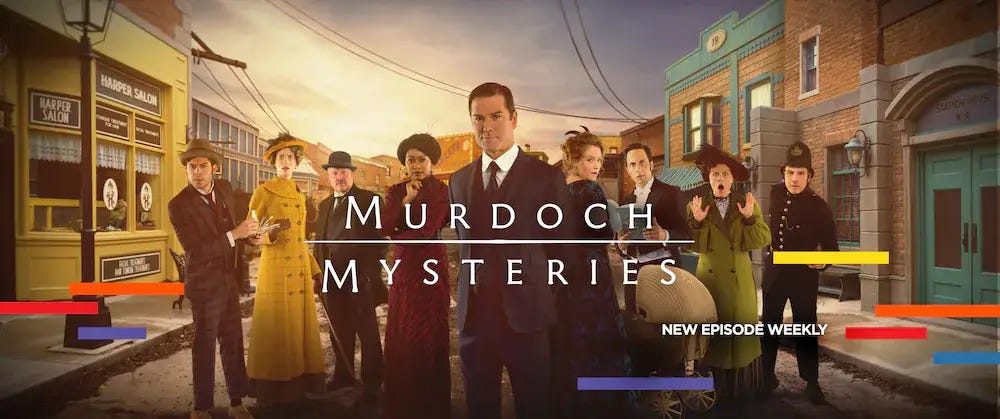




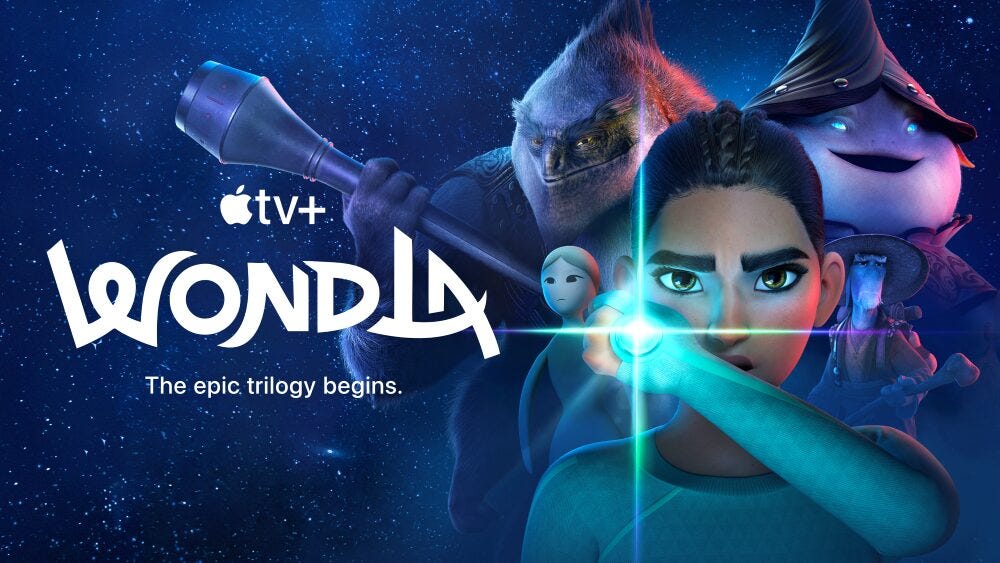
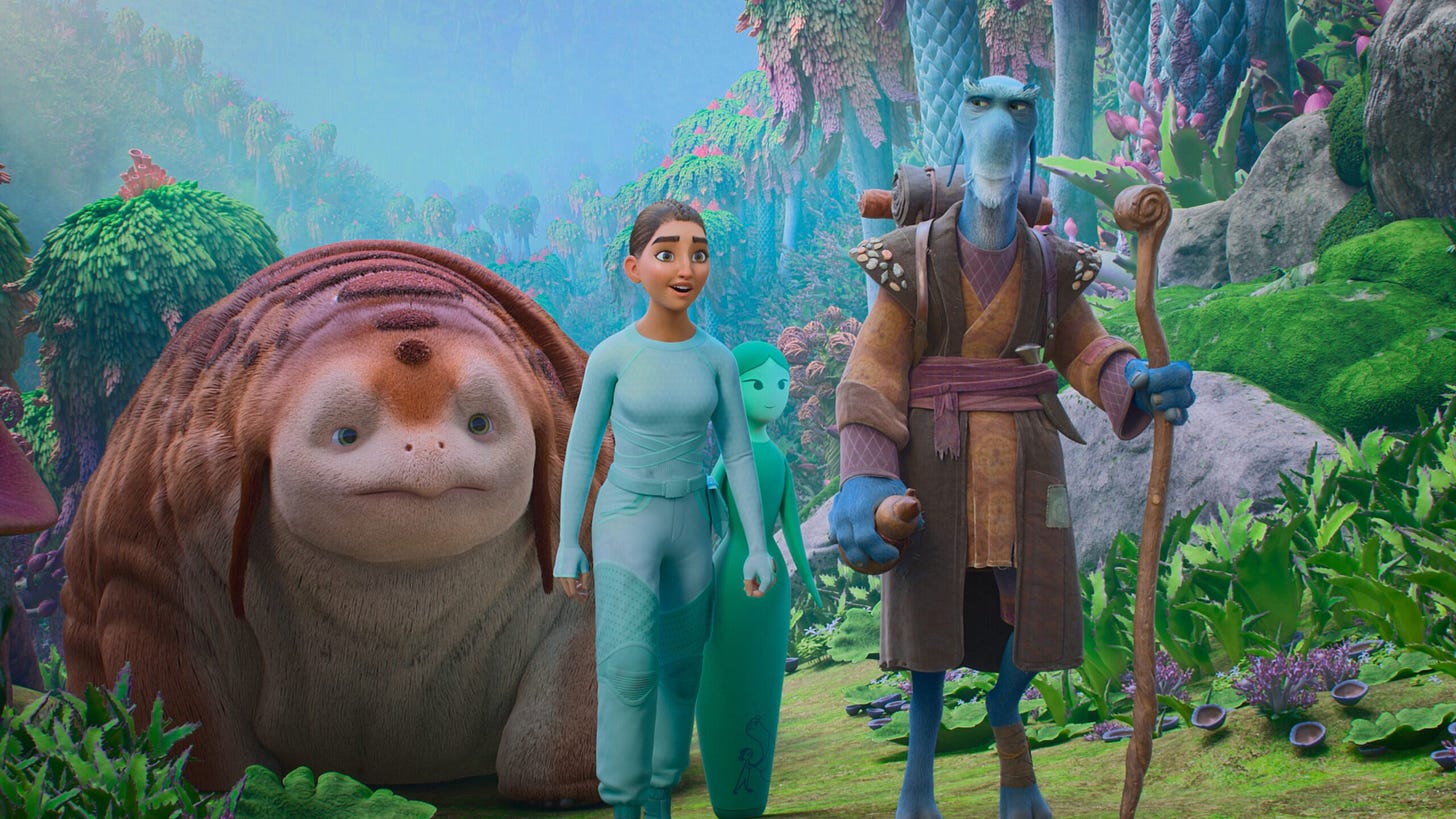


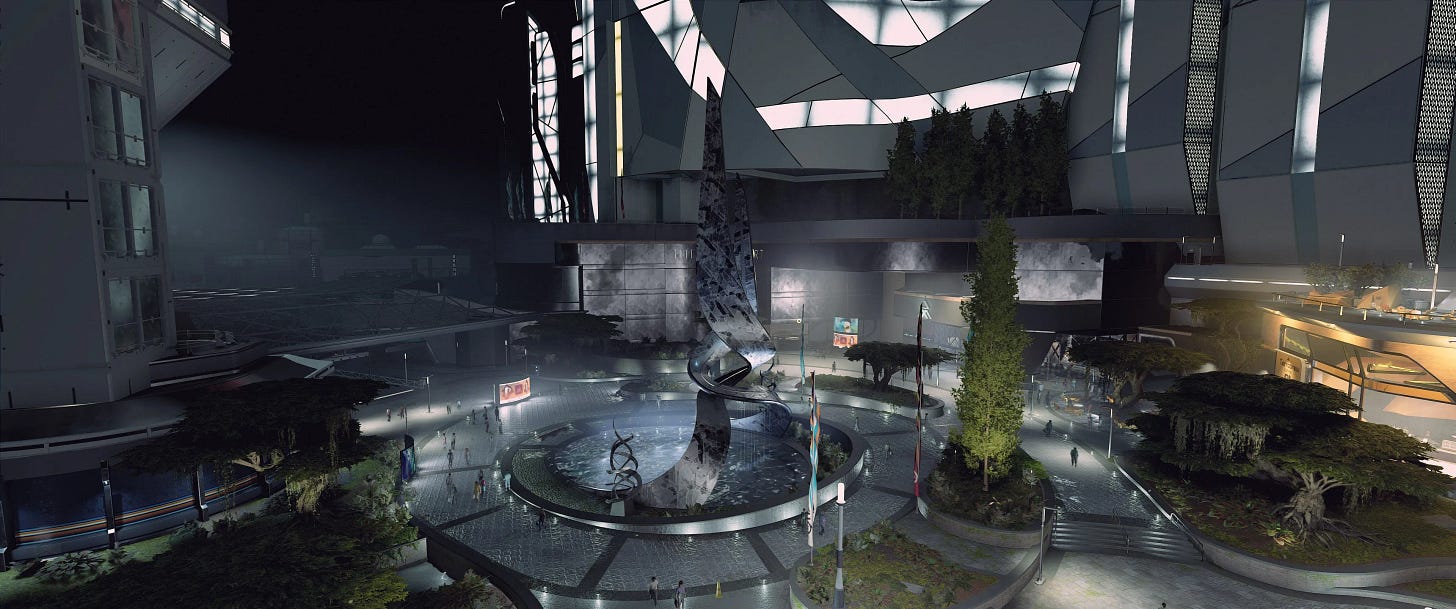
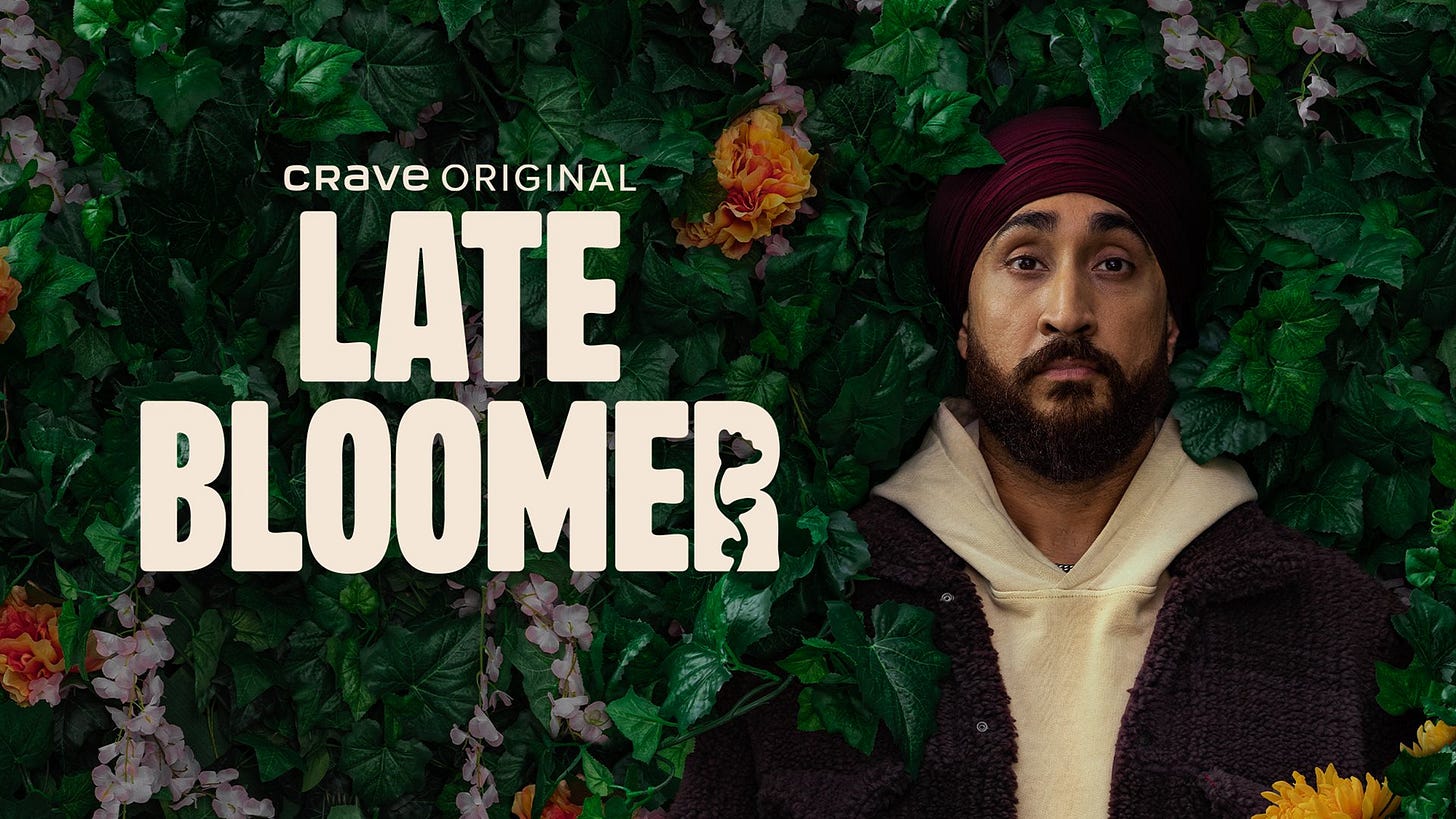
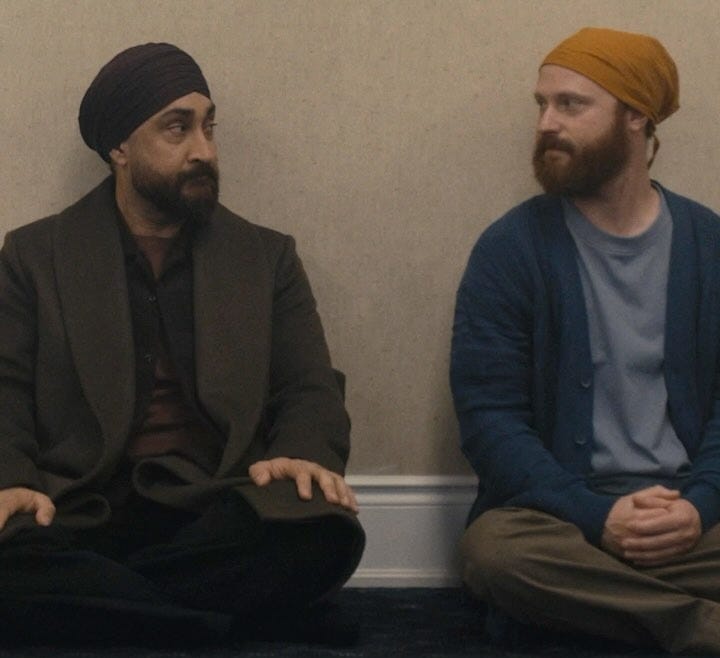
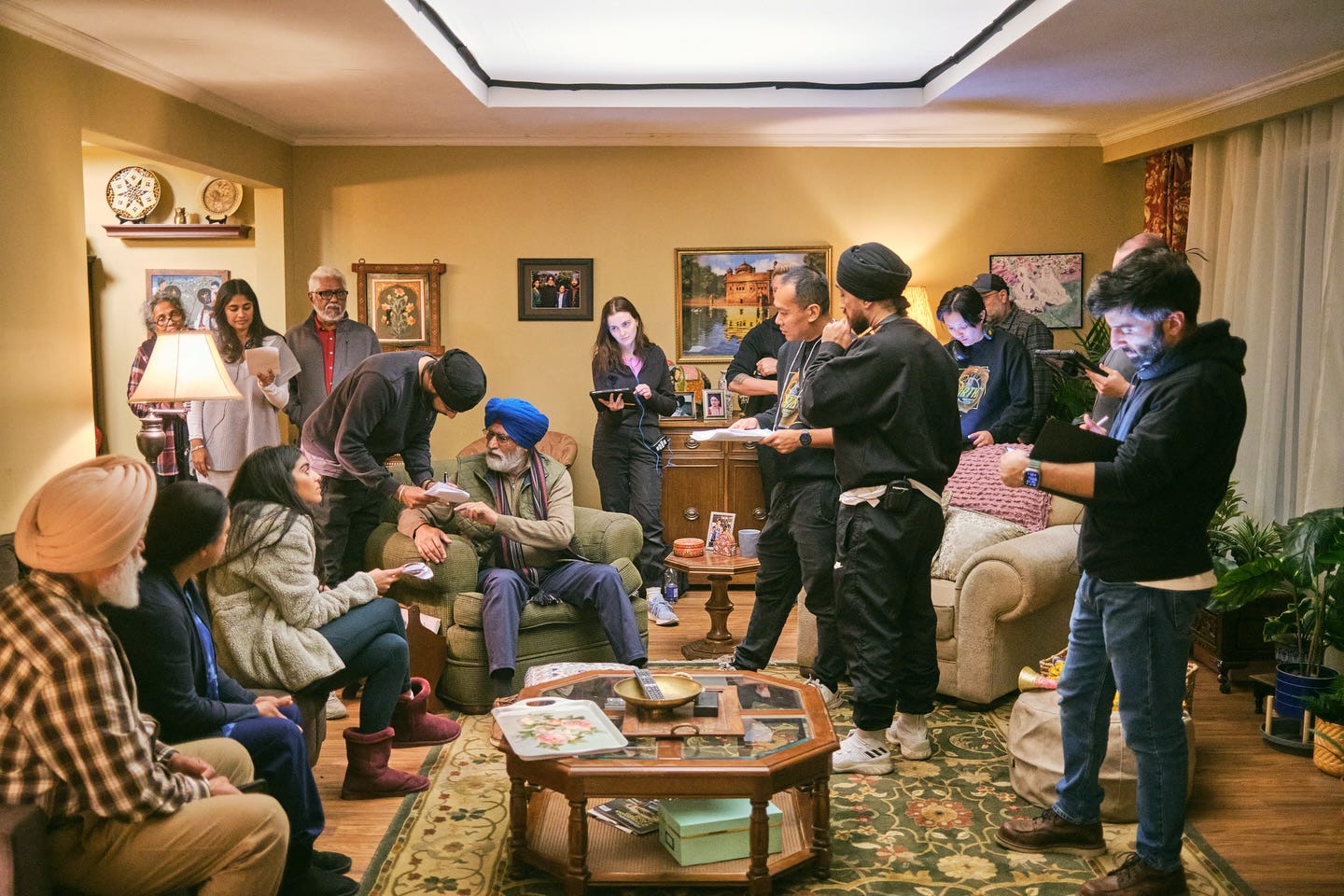

"I can’t think of a single other show from North America that centers around Sikh characters." Yea me neither. Just for that, the show sounds super interesting. I might have to go with the creative ways to get it but I'll add to my list for sure!